Uncategorized
-
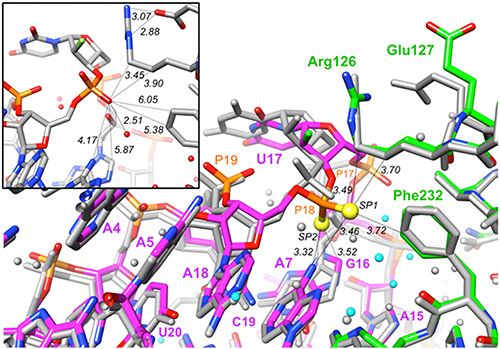
Targeting New Pathways for the Treatment of Schizophrenia
Although the exact cause of schizophrenia remains a mystery, accumulated evidence suggests that it is due, at least in part, to abnormal levels of the neurotransmitter dopamine in the brain. As a result, the vast majority of drugs used to treat schizophrenia block some aspect of the dopamine signaling… Read MoreNov. 16, 2016
-

A Closer Look at the Mechanism of Steroid Biosynthesis
The first step in the biosynthesis of steroid hormones such as cortisol, testosterone, progesterone, and estrogen is catalyzed by the enzyme cytochrome P450 11A1 (P450 11A1). Starting with cholesterol, this enzyme first adds two hydroxyl groups (each containing an oxygen and a hydrogen atom) to two adjacent carbons of… Read MoreOct. 25, 2016
-
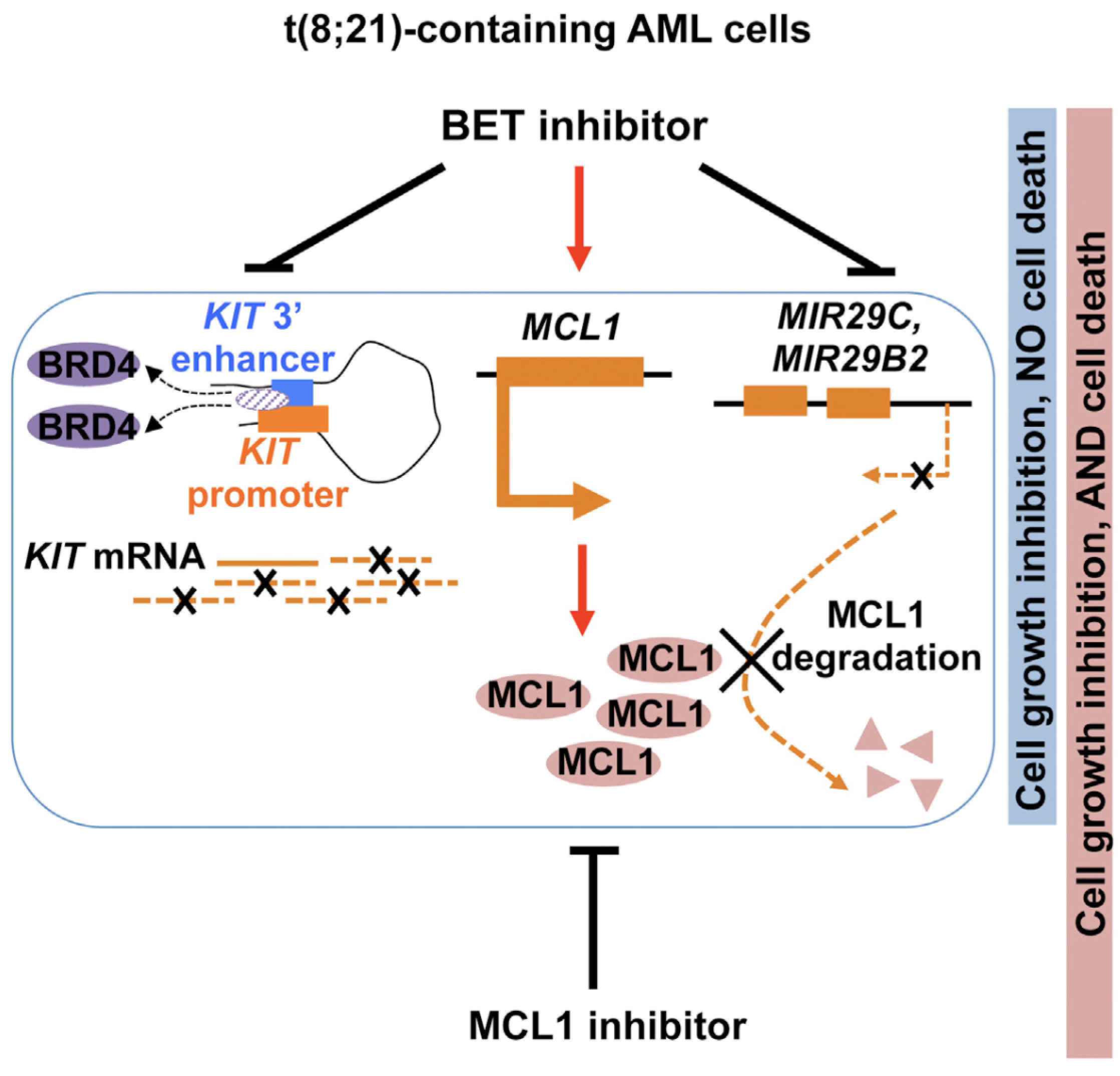
Betting on BET Protein Inhibitors
Histones are proteins that play an important role in packaging DNA into chromosomes and in regulating gene transcription. One mechanism by which histones facilitate transcription is through interaction with BET proteins, which promote the release of RNA polymerase that has “paused” at transcription start sites of genes. Some cancers,… Read MoreOct. 25, 2016
-
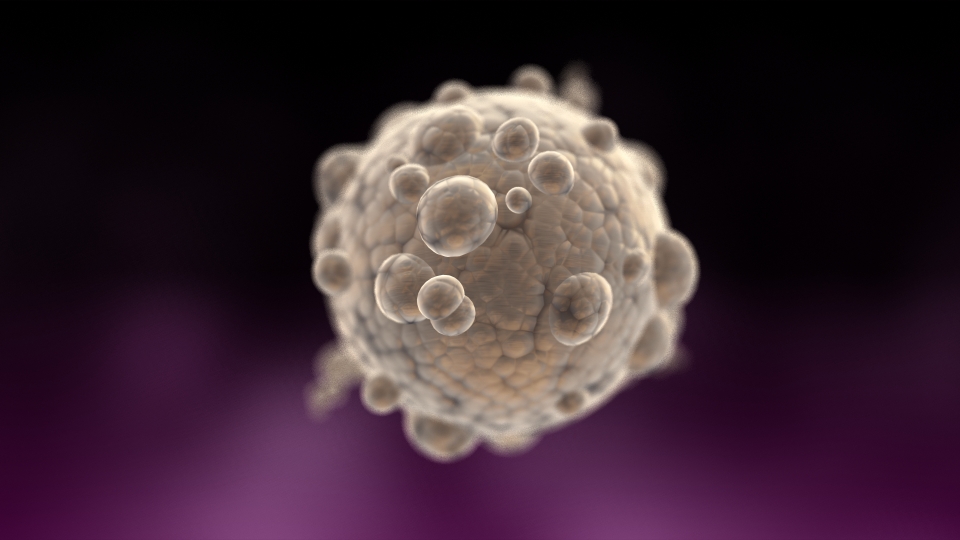
Lighting up Protein-Protein Interactions
Autophagy is an important process by which cells remove and degrade aging, unnecessary, or damaged components. It is critical for development and the maintenance of overall health. In selective autophagy, the cell targets specific cellular components for degradation by attaching a tag, such as the protein ubiquitin. Removal of… Read MoreOct. 25, 2016
-

Motoring to the tips of the brush border
The epithelial cells that line organs like the intestines and kidneys build a special surface called the “brush border,” which consists of a dense array of finger-like microvilli. Matthew Tyska, Ph.D., and colleagues are exploring the molecular machinery that builds the border, which is critical for healthy organ function. Read MoreOct. 18, 2016
-
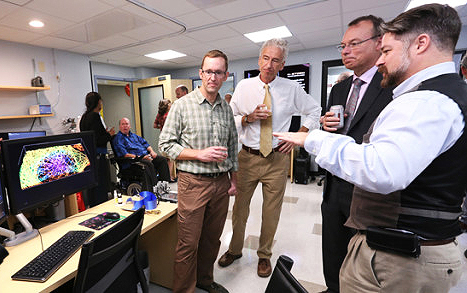
Nikon Center of Excellence for live-cell imaging makes debut
Officials of Vanderbilt University, Vanderbilt University Medical Center (VUMC) and Nikon Instruments Inc. celebrated the opening of the Vanderbilt Nikon Center of Excellence, which features state-of-the-art microscopy for live-cell imaging. Read MoreOct. 13, 2016
-
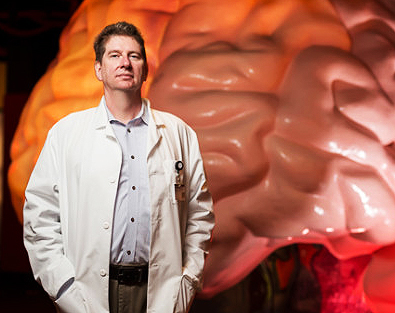
David Sweatt studies how brain chemistry affects learning and memory
Homecoming came early this year for Vanderbilt alumnus David Sweatt, who joined the faculty as chair of Pharmacology this summer, 30 years after receiving his Ph.D. from the department he now leads. Read MoreOct. 13, 2016
-
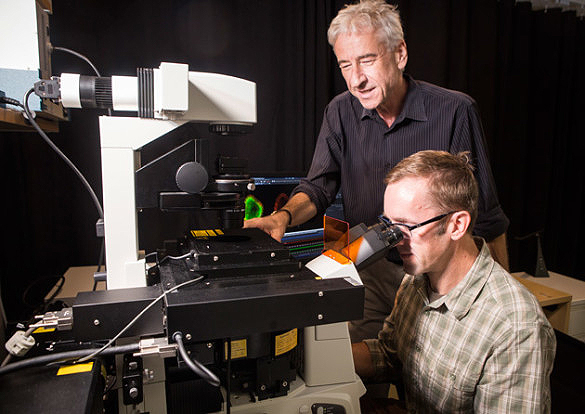
Basic Science, Extraordinary Impact
The discoveries that can change the course of human health forever often begin in the tiniest places: in molecules and cells, at the most fundamental intersection of physics, chemistry and biology. What makes a gene misfire? How do nerves talk to each other? What makes a cell resist one chemical… Read MoreOct. 7, 2016
-
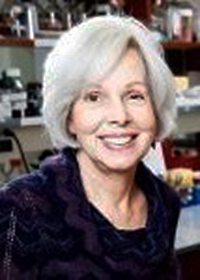
2016 Middleton Award recipient! Dr. Richmond
Ann Richmond, Ph.D. is one of two recipients of the 2016 William S. Middleton Award. This award is the Veterans Health Administration Biomedical Laboratory Research & Development's highest honor for outstanding achievement in biomedical research. The award recognizes Dr. Richmond’s exemplary record of involvement in, and… Read MoreSep. 30, 2016
-

Researchers eye potential schizophrenia ‘switch’
Researchers at Vanderbilt University Medical Center have discovered a key mechanism that explains how compounds they’re developing can suppress schizophrenia-like symptoms in mice without side effects. On the basis of this discovery, reported this month in the journal Neuron, “we now have much stronger understanding of the therapeutic potential… Read MoreSep. 22, 2016